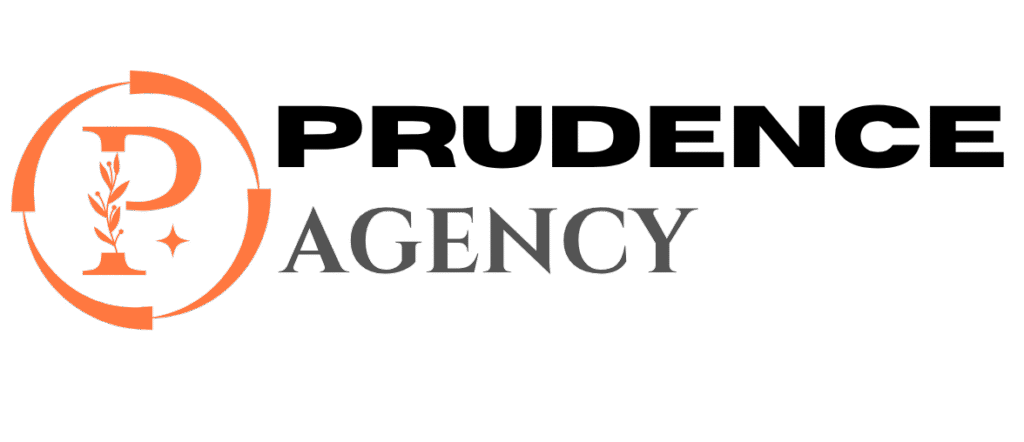UI vs UX: What’s the Difference and Why It Matters
When diving into the world of digital design, you often hear two acronyms tossed around: UI and UX. While many people treat them as interchangeable terms, they refer to two distinct components that are crucial for creating successful digital products. But what exactly is the difference between UI and UX? And why does understanding this difference matter for businesses, designers, and users alike? In this article, we’ll explore the definitions, key distinctions, and real-world implications of UI and UX, helping you unlock better design strategies and improved user satisfaction.
What is UI (User Interface) Design?
User Interface (UI) design is the art and science of crafting the visual and interactive elements of a digital product. It focuses on how the product looks and how users interact with it. This includes everything from buttons, icons, typography, colors, spacing, to responsive layouts and animations.
UI design is concerned with:
- Creating aesthetically appealing interfaces that align with brand identity.
- Ensuring consistency across various screens and platforms.
- Optimizing visual hierarchy to guide users’ attention effectively.
- Designing interactive components that are intuitive and accessible.
What is UX (User Experience) Design?
User Experience (UX) design is the process of enhancing user satisfaction by improving the usability, accessibility, and overall pleasure provided in the interaction between the user and the product. UX design focuses on the user’s journey, ensuring the product meets their needs efficiently and intuitively.
The main focuses of UX design include:
- Researching and understanding user behaviors, needs, and motivations.
- Designing the structure and flow of the product for maximum ease of use.
- Streamlining navigation and reducing user frustration.
- Conducting usability testing and iterating based on feedback.
UI vs UX: Key Differences at a Glance
| Aspect | User Interface (UI) | User Experience (UX) |
|---|---|---|
| Focus | Visual design and interactivity | User journey and functionality |
| Goal | Make the interface attractive and user-friendly | Make the product useful, usable, and satisfying |
| Tools | Design software (e.g., Figma, Sketch, Adobe XD) | User research, wireframes, prototyping |
| Output | Visual assets, layouts, style guides | User flows, wireframes, tested solutions |
| Role Examples | UI Designer, Visual Designer | UX Designer, UX Researcher |
Why Understanding the Difference Between UI and UX Matters
Many projects fail or underperform because teams misunderstand or conflate UI and UX roles. Here’s why grasping their differences is essential:
- Better Collaboration: When roles are clearly defined, UI and UX designers can work together seamlessly, bringing complementary skills to the table.
- Improved Product Quality: Understanding both ensures that your product not only looks great but also works well and meets user needs.
- Higher Customer Satisfaction: A product that is both visually appealing and easy to use increases adoption, engagement, and loyalty.
- Faster Problem-Solving: When problems arise, it’s easier to diagnose whether they stem from UI or UX issues and address them effectively.
- Clearer Hiring and Resource Allocation: Companies can hire the right specialists and allocate budgets accordingly.
Benefits of Prioritizing Both UI and UX in Your Design Strategy
Investing in solid UI and UX design is more than just a trend; it translates into tangible business results:
- Increased Conversion Rates: Smooth experiences reduce friction and guide users toward desired actions.
- Reduced Development Costs: Catching usability issues early through UX research helps avoid expensive redesigns later.
- Stronger Brand Identity: Consistent UI design fosters brand recognition and trust.
- Competitive Advantage: Differentiating through superior user experience sets your product apart.
Practical Tips to Enhance Both UI and UX
Improving UI Design
- Use a style guide or design system to maintain consistent visual elements.
- Choose a clean and readable typography that suits your brand tone.
- Incorporate white space effectively to avoid clutter and improve focus.
- Make interactive elements like buttons and links easily recognizable and tappable.
Improving UX Design
- Conduct user research to understand real needs and pain points.
- Map user journeys to optimize the flow of tasks and minimize steps.
- Test prototypes with actual users and iterate based on feedback.
- Focus on accessibility to make your product usable by a diverse audience.
Case Study: How UI and UX Collaboration Boosted Conversion for an E-commerce Site
A leading e-commerce brand noticed high bounce rates on their checkout page. The UX team discovered that the checkout process was confusing with too many steps, while the UI team found visual clutter and inconsistent button styles distracted users.
By working together, they redesigned the checkout experience with:
- Streamlined, step-by-step navigation designed by UX.
- A clean, minimalist UI design with consistent colors and clear calls-to-action.
Within three months of implementation, the site’s conversion rate improved by 25%, and customer satisfaction scores increased significantly, demonstrating the power of integrating UI and UX expertise.
Final Thoughts: UI and UX Are Two Sides of the Same Coin
UI and UX are often mentioned together – and for good reason. They represent complementary aspects of product design that together create meaningful, engaging, and efficient digital experiences. While UI is about the surface and interaction aesthetics, UX dives deeper into functionality and user satisfaction. Neglecting either can result in products that fail to connect with users.
By investing time and resources into both, businesses and designers can craft digital solutions that not only capture attention but also build loyalty, usability, and long-term success. Whether you’re launching a new app, website, or software, remember: great UI draws users in, but excellent UX keeps them coming back.











